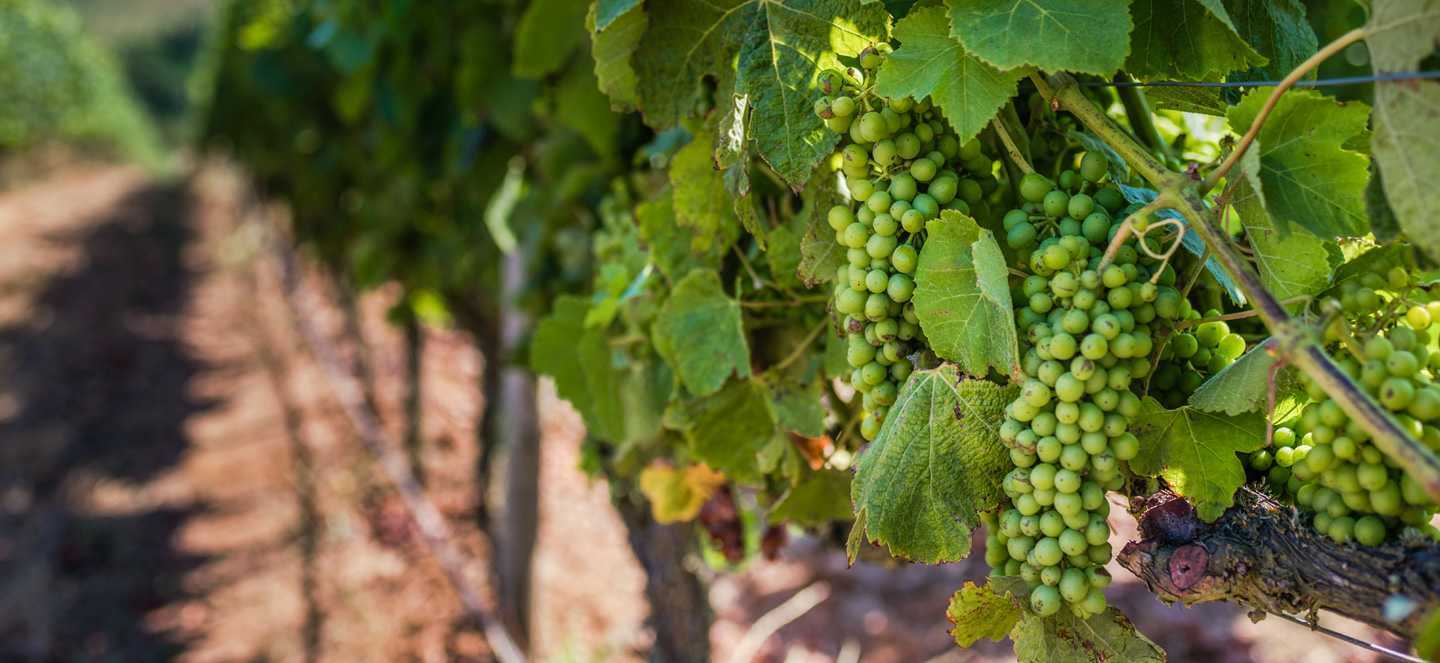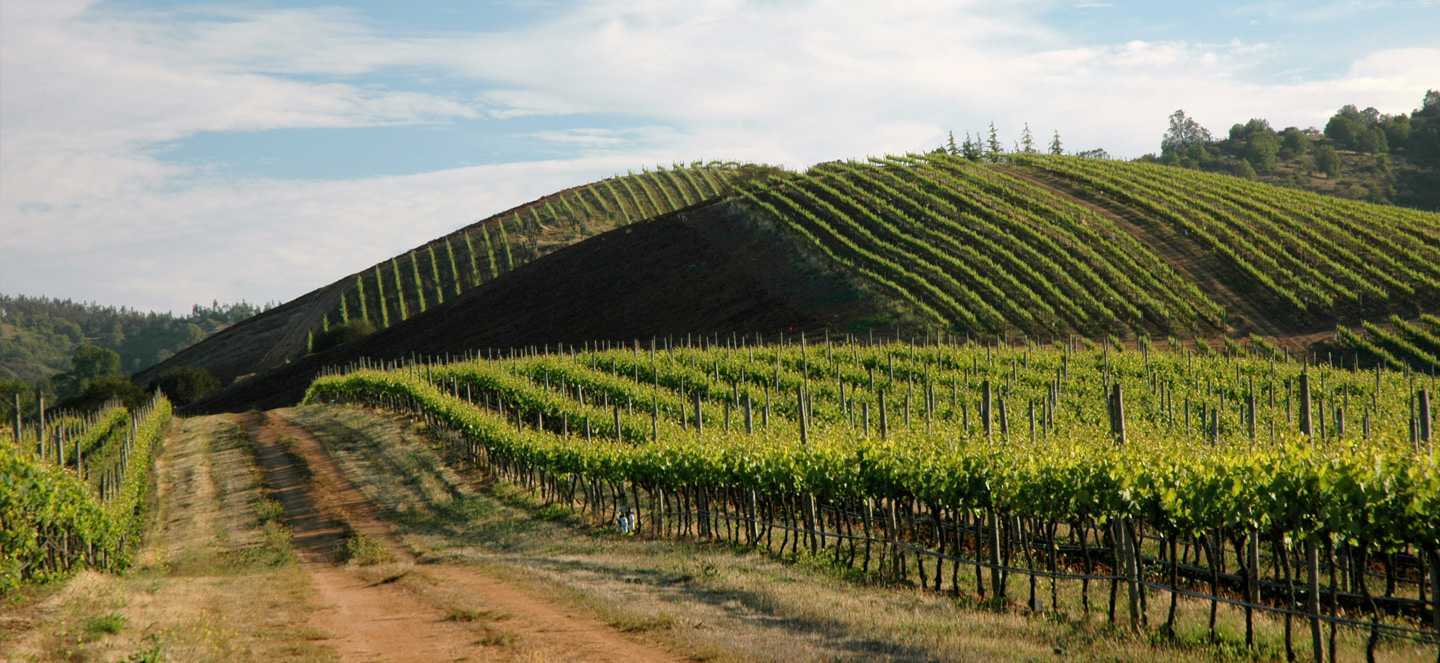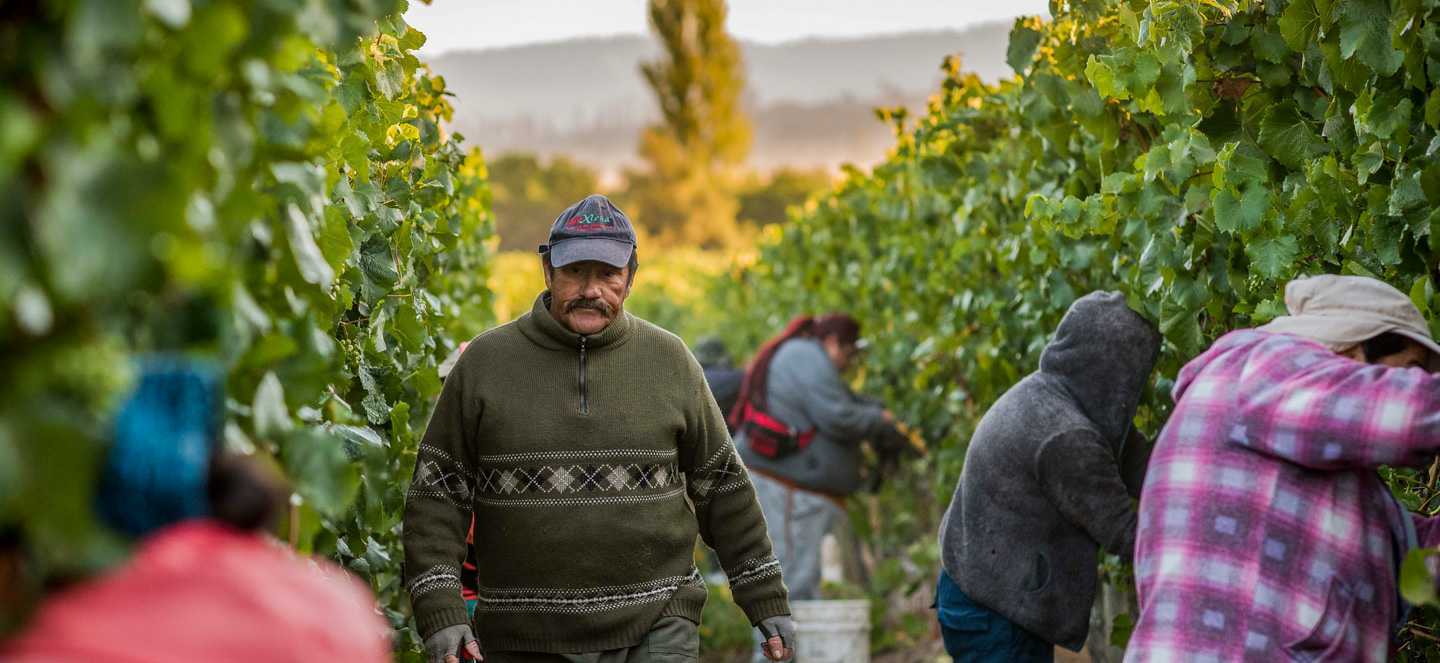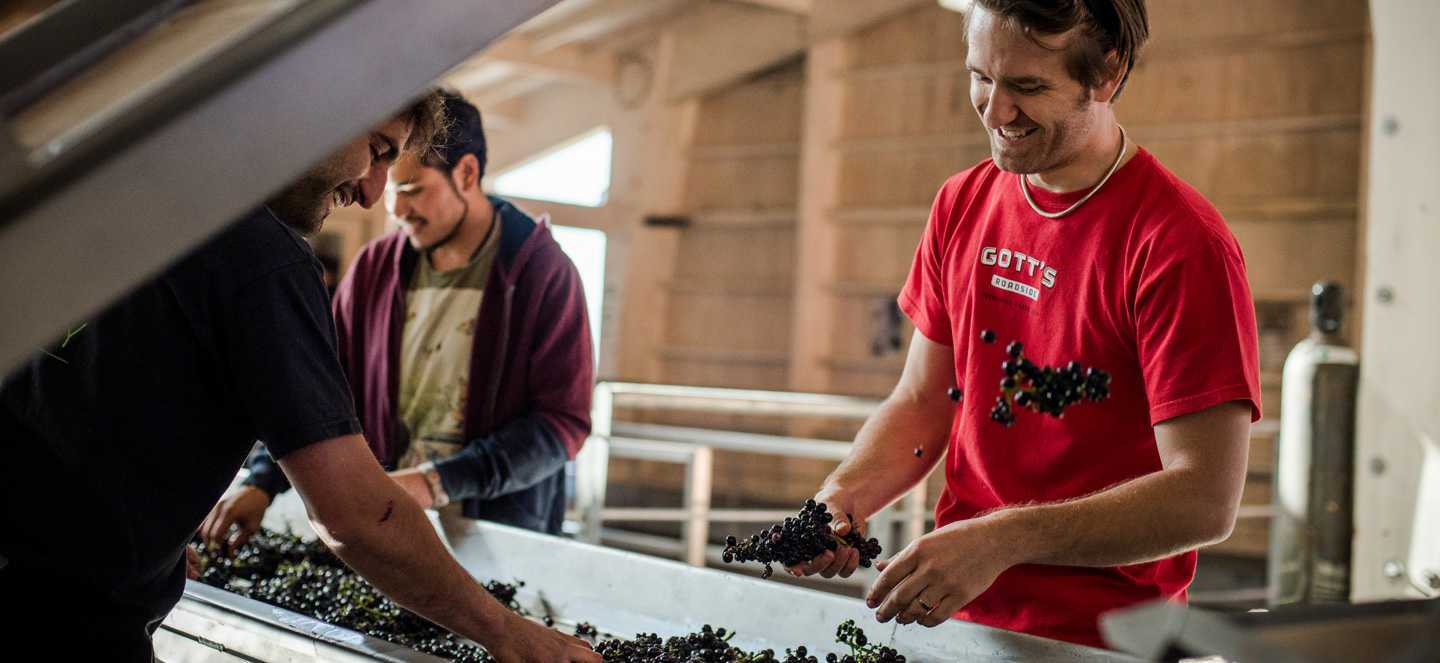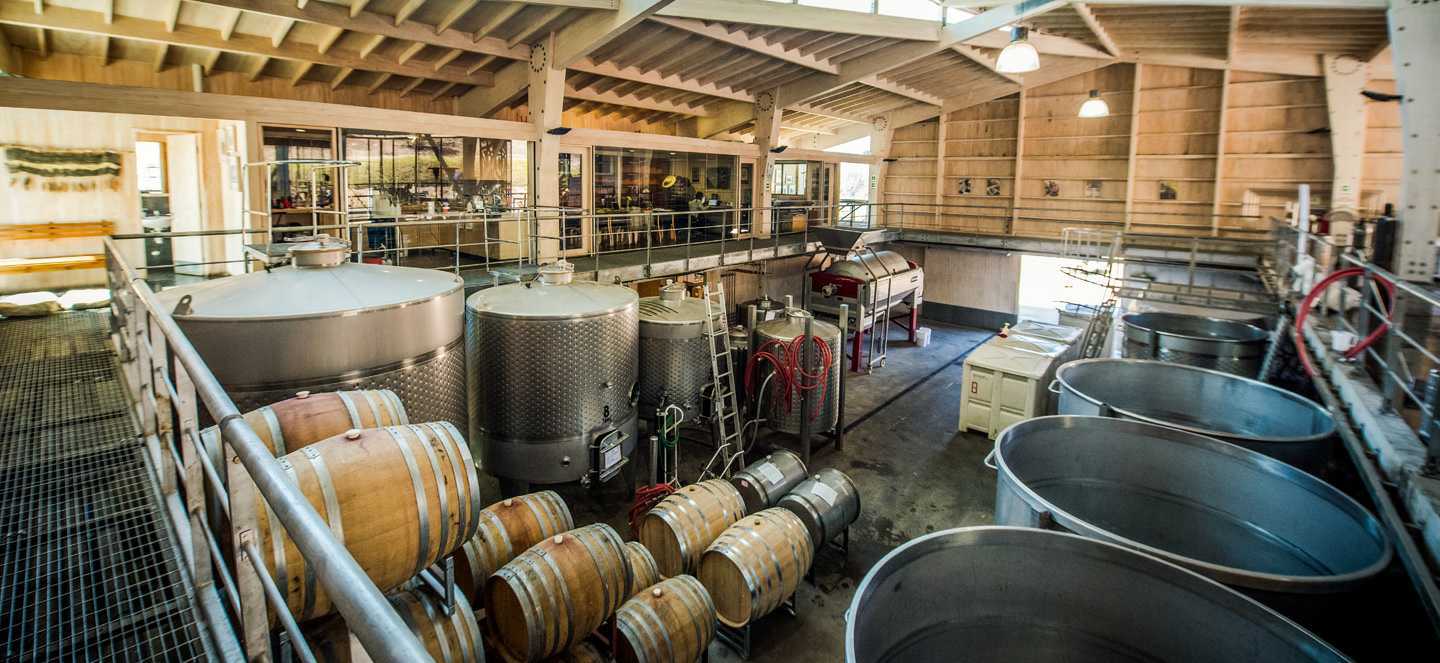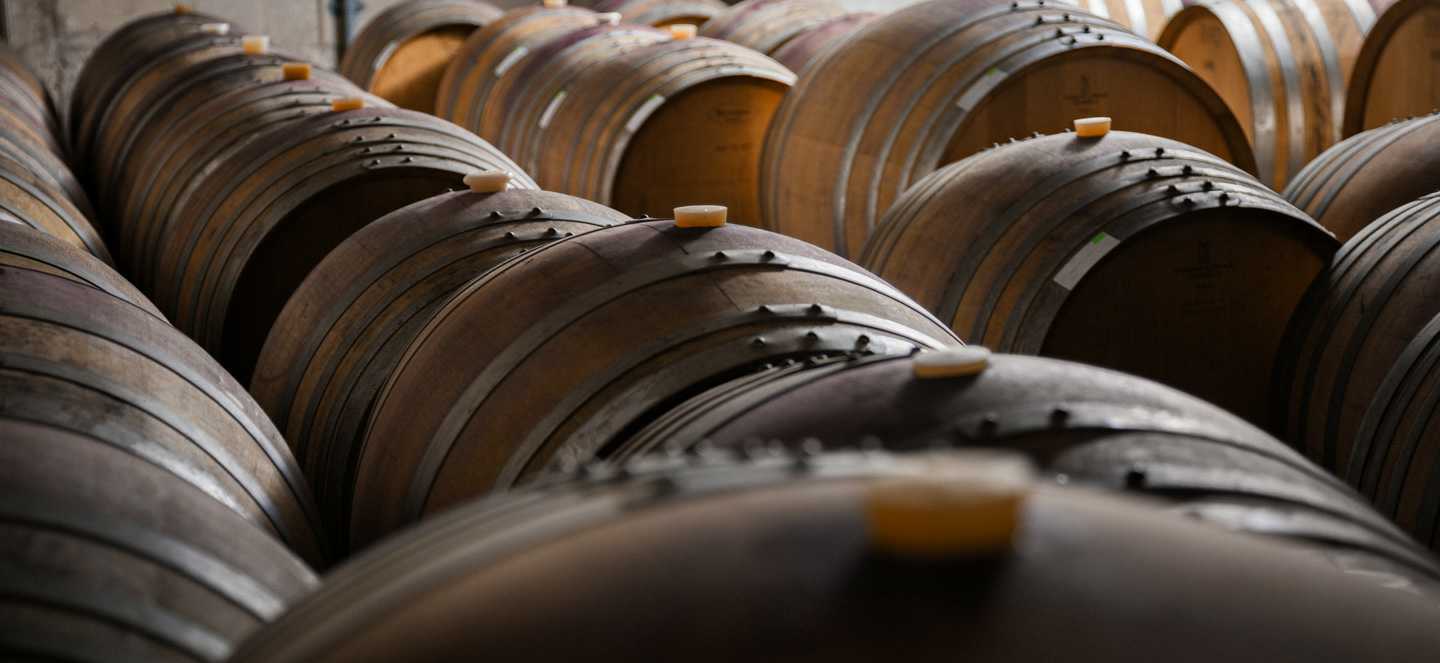The best of the old and new world winemaking
Winemaking
At Kingston Family Vineyards, we blend the best of the Old and New World winemaking as we handcraft small-production lots of Pinot Noir, Syrah, Chardonnay, Sauvignon Blanc, and Merlot from our cool climate, hillside vineyards in Casablanca Valley, Chile. While coastal Casablanca is mostly known for its whites, we are pioneering the introduction of cool-climate reds.
